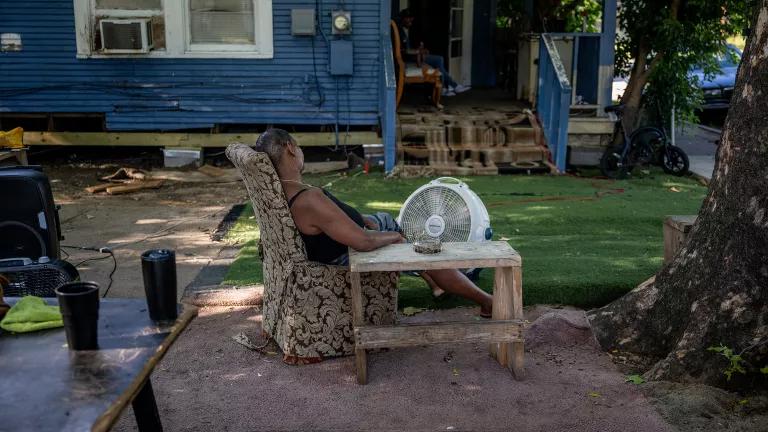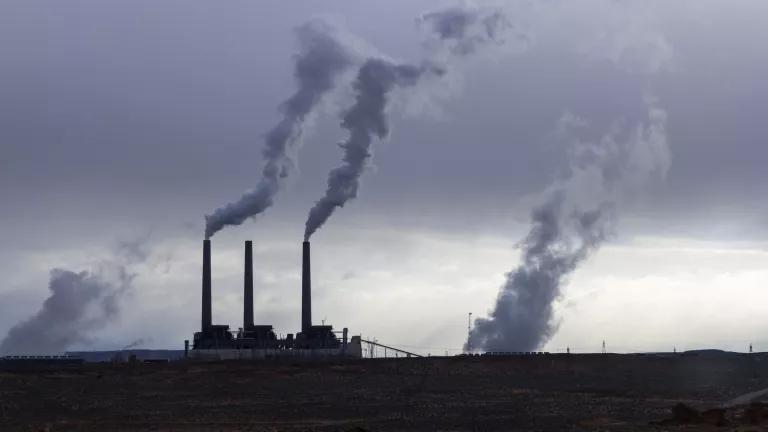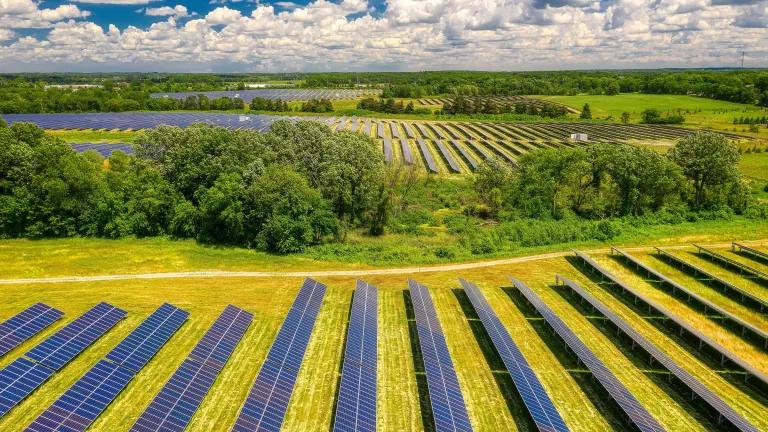The Hidden Pre-Existing Condition
How housing inequality is a driver for COVID-19 inequality.

Coauthored with Raymond Nevo, the National Housing Trust's state policy and equity advocate for the Energy Efficiency For All (EEFA) coalitions in Maryland and Pennsylvania. He advocates for energy efficiency policy that equitably benefits limited income communities living in affordable multifamily housing. Nevo can be contacted at rnevo@nhtinc.org.
With over 750,000 confirmed COVID-19 cases in the United States, state and local officials are beginning to acknowledge who is most impacted by the virus. For those of us who work to promote affordable housing and energy efficiency, it came as no surprise to learn that African-Americans are the hardest hit in this pandemic.
The Centers for Disease Control and prevention (CDC) has identified that older adults and people with pre-existing conditions are more prone to COVID-19 infection, complications, and death. Some of the most common pre-existing conditions identified by the CDC are: asthma, heart conditions, obesity, and illnesses that can cause individuals to be immunocompromised. What’s lost in the medical terminology of” pre-existing conditions” is the recognition that there is much evidence showing that inadequate, unhealthy, and unstable housing is a key, pre-existing social contributor to many of these medical problems making people more vulnerable to COVID-19, especially in systemically under-resourced communities.
How does housing relate to risk for COVID-19?
Outright racist and implicitly discriminatory practices in housing policy have prevented people of color and especially African-American people from owning property to build wealth. Despite the prohibition of redlining and the implementation of the Fair Housing Act, data show that the wealth and homeownership gap has only widened in the wake of the Great Recession. This has led to a devastating reality where African-Americans are more likely to live in under-resourced communities and occupy inadequate, unhealthy, unstable rental housing, and still struggle to pay for it.
Data show that African-Americans have higher rates of pre-existing conditions. But, if we as a country are going to address this disturbing trend, we need to acknowledge the systems that got us here. Largely, this is in part due to the legacy and reality of hiring discrimination: African-Americans are more likely than whites to hold jobs that do not provide adequate health care benefits, which leads to worse health outcomes overall and higher incidences of these pre-existing conditions. Further entrenching this lack of access to good jobs is discrimination in housing, and the attendant lack of quality schools, adequate public transit, and basic community resources that people living in wealthier neighborhoods take for granted. Even the air African-Americans breathe is more polluted, which has been linked to increases in the death rate among those infected with COVID-19.
The Energy Efficiency For All (EEFA) project connects climate, health, and equity by bringing energy efficiency to affordable housing. Central to this work is recognizing that racial equity has not historically been a consideration in housing and energy policy. The rapid spread of COVID-19 among African-Americans is a painful reminder of these historical failings. Since the outbreak, EEFA has provided guidance and resources to help our partners respond to the crisis and its economic effects at state and local levels.
States have begun tracking and reporting data on the race of COVID-19 cases, and Michigan has taken additional measures by appointing a Task Force to investigate the racial disparities. There is much to be done in order to begin addressing these racial disparities but a key component of the solution is gathering the right data, including:
- Location of COVID-19 testing sites. We need to know how accessible testing is. Test sites far from majority African-American neighborhoods, or not accessible on foot, increase the risk of infection for those residents because they will not know who is carrying the disease and contagious.
- Complete data on number of tests administered, confirmed cases, and deaths, each broken down by race. Many states have reported missing data for up to nearly 40 percent of cases.
- Occupation of the patient. A patient’s occupation can reveal the potential amount the patient’s exposure to the public. With that information, states can classify risk of infection relative to occupation.
- Data available by ZIP code. Reporting by county is not enough to identify vulnerable neighborhoods. African-Americans are more likely to live in denser populations and overcrowded housing, making it difficult to practice social distancing. Additionally, African-Americans are more likely to live in neighborhoods located near toxic waste sites, industrial polluters, or in urban heat islands, which puts them at higher risk for all the conditions that increase their risks under COVID-19. African-Americans are also more likely to live in neighborhoods without easy access to community resources like grocery stores or medical facilities. This means traveling farther to purchase supplies, seek medical care, or commute to work.
An example of this is Maryland, which has confirmed this racial disparity through ZIP code reporting.
We must respond to inequities now and after the crisis
Along with more data, an equitable response to this crisis must address housing insecurities that disproportionately affect people of color. Many states have issued eviction moratoriums, but more is needed. The National Low-income Housing Coalition published a report that calls for $100 billion in emergency rental assistance during the COVID-19 pandemic. Short-term housing assistance is critical, but this housing crisis will not end with the pandemic unless local, state and federal officials support the creation and preservation of affordable, energy efficient housing. Already we know that nearly one-third of renters were unable to pay their April rent by the fifth of the month. That number is likely to grow in the coming months as the economic fallout continues, with the hardest-hit industries being those that employ a disproportionate number of African Americans and other people of color.
In a time where people are required to stay home, it’s more important than ever that they can do so in a safe, comfortable, and not needlessly wasting energy that will increase their financial problems. Environmental regulations that protect clean air and ensure access to clean water into our homes must be strengthened rather than attacked. With deaths and coronavirus cases in the United States mounting we cannot forget that each one of those numbers is a human being. They are someone’s child, someone’s family member, someone’s friend, someone’s neighbor and they deserved better. We must change the systems in housing and correct these disparities to ensure that we chart a more equitable path for everyone in the future.



